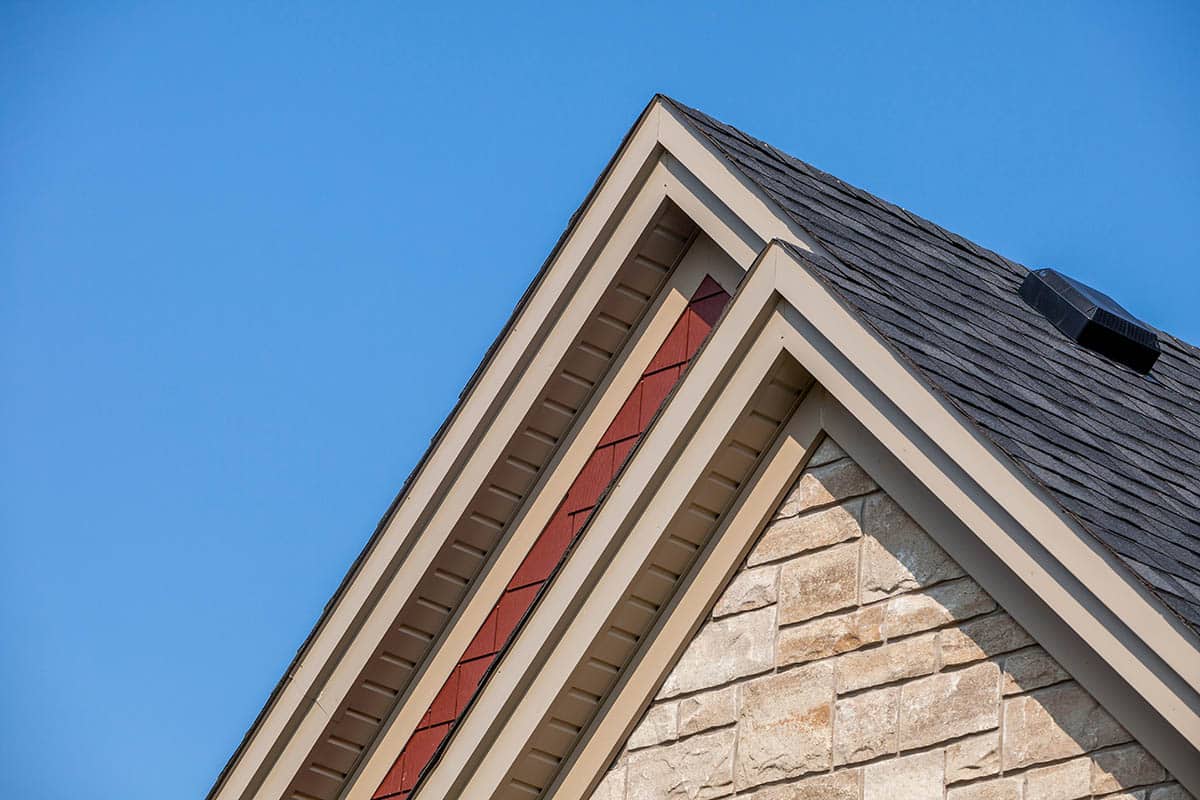What Is the Difference Between Roofing Box Vents vs Roof Ridge Vents?
Let’s examine the difference between roofing box vents and roof ridge vents. Ventilation is one of the key components of any roof replacement task. Failure to use the right ones in the most appropriate locations could cost you in terms of energy efficiency and lead to other problems.
Roofing Box Vents
If you’re looking for the most cost-effective way to handle rooftop ventilation, then box vents are your best option. They help expel all the hot/moist air from your attic with box-shaped vents close to (but not along) the roof ridge.
This is your traditional option compared to ridge vents, which have become the more modern approach on several homes throughout Detroit and Ann Arbor. You might see several of these installed all the way across. Likewise, ridge vents typically span the entire length.
Box vents are smaller than ridge vents, so you need more of them for adequate coverage. On the other hand, they’re simple and easy to install, and neither of them requires much upkeep.
Roof Ridge Vents
Ridge vents, on the other hand, cost a little more, but tend to be more efficient. Also, you can hide them easier, which might help your home’s curb appeal. We can actually cover ridge vents with shingles so that you’d barely notice them.
Ridge vents occupy the highest peak atop your home (the ridge of the roof). Since hot air rises, it makes sense to expel and ventilate from a spot like this. GAF, the same manufacturer that produces some of the best shingles on the market, also makes a stellar version. It’s called the Cobra Snow Country ridge vent and it can handle heavy amounts of pressure for several decades.
Other Vent Styles
Those are the most common vent styles, but let’s briefly touch on some of the others.
- Turbines
These are also called “Whirlybird” vents. You’ll know one if you’ve ever seen the round dome-shaped vent with the spinning turbine inside. They leverage the outside breeze for ventilation, but that can also be their drawback. If there’s too much or too little wind, they won’t work optimally. - Power Vents
Power vents are electrically hardwired to pull moisture and air out of your attic. While these are effective, they also generate a higher energy bill. - Solar-Powered Vents
These require no electricity to power them, which is very popular right now. However, like other vent systems, they tend to be either too powerful or not strong enough. - Cupola Vents
Cupola vents are some of the most aesthetically appealing. They’re vents with a cupola-shaped exterior appearance. They cost the most but bring along lots of curb appeal. They’re popular in Italian and Japanese architecture, but other than their nice appearance, they function like traditional box vents.
Beyond that, you also have intake vents. Soffit vents (which go underneath the edge of your roof) are the most typical example. It just goes to show how many different accessory options you have in modern roofing.
As you can tell, ventilation details are very important when it comes to properly install roofs. We offer 17-point inspections on our finished work for that very reason. This goes for residential and commercial roofs. If you’d like to learn more about the latter, check out this article regarding the five most important inspection areas on commercial roofs.
Rapid Roofing Installs Roofing Box Vents & More
Our team of roof installers knows how to handle the placement of all these vents. We’ve been in the business of serving Michigan homeowners for more than 20 years with various exterior services. We’re Master Elite certified to install the popular GAF brand of shingles, which come with outstanding manufacturer and service warranties.
Rapid Roofing is fully licensed, insured, and bonded to do almost anything on residential or commercial roofs. Our clients love the results they get and they reward our efforts with top reviews on websites like Angie’s List and Google Reviews.
So, if you need help installing roofing box vents, roof ridge vents, or anything else roof-related, contact us today.



 Residential Roofing
Residential Roofing Storm Damage
Storm Damage Multi-Family Homes
Multi-Family Homes
